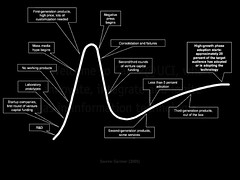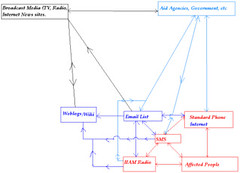This excellent presentation by Tara Hunt clearly draws a connection between customer experience and brands. To do this, Tara suggests we need to understand the four pillars of happiness — Autonomy, Competence, Relatedness and Self-esteem — as well as the barriers to happiness — fear, confusion, loneliness, lack of control and struggle for survival.
By delighting your customers you are adding to their happiness. By removing the pain/anxiety of your customers you are removing barriers to their happiness. Makes sense. Sounds simple … and as Tara explains, it ties into the self actualization model of Maslow’s hierarchy of needs. But how does this tie into your business strategy? How does it really become part of the way that you do business, drive revenue, and manage your costs?
Clearly activating this comes down to the experience of your product/service. It comes down to the exchange of value between your brand and its community and that means that you need to understand how your brand rubs up against the factors that affect happiness or the barriers to happiness. This is a strategic choice and should inform every iteration of your brand’s product/service line. But there is also a more significant opportunity around happiness that applies directly to social media and to digital strategy. Take a look through Tara’s presentation, and then continue reading below.
Most brands are likely to position themselves on one side or other of the "axis of misery" that Tara talks about. However, the larger opportunity is to activate your digital strategy in a complimentary manner. That is, if your brand positioning is closely aligned with the four pillars of happiness, then your digital strategy should focus on removing the barriers to happiness — and vice versa.
Many "Web 2.0" brands are already take this holistic approach. Think about Google, for example. Not does the experience of interacting with the Google Search Engine deliver value on the four pillars of happiness, it also directly impacts on the barriers to happiness. This is extended through a range of other service offerings from Orkut through to Gmail.
It strikes me that viewing happiness as a business model provides a unique way of investigating your brand’s strategic positioning and provides insight in terms of its future direction. It reverses the debate around brands from one that is internally focused into an analysis which is oriented towards the experiential impact of your brand through the eyes of your brand community. Revolution? Maybe.






